Report this entry
More from the same community-collection
Cathedral High School-Tamalada - El Paso, Texas
Cathedral High School-Tamalada couple unknown. Definition: ...
Class of 1941 - Douglass High School
Class of 1941 - Douglass High School - El Paso, Texas. Includes ...
Cathedral High School-LQVQ Tamalada.
Cathedral High School-Tamalada three parts good looking one part ...
Harvard Graduation - Nick Mathis - 1980
Harvard Graduation Ceremony - School of Education - 1980 - she ...
Blanche Henderson Grundy - Graduation - 1950's
Blanche Henderson Grundy - Graduation - 1950's - New Mexico A& M ...
William Alexander Henderson - 1880 - El Paso, Texas
Photograph - William Alexander Henderson - 1880 Stationed in ...
Blanche Ethel Henderson - 1906
Mother of Frances Marie Grundy who attended Douglass High School ...
Frances Marie Grundy - Douglass High School - 1941
Frances Marie Grundy - Douglass High School - 1941
Frances Marie Grundy Wedding - 1949
December 28, 1949 - wedding of Frances Marie Grundy - Chapel ...
Alumni taking the walk to church to attend the memorial.
Raul Guereca, beloved Cathedral High School teacher, passed away ...
1954 - CHS Fighting Irish Marching Band - El Paso, Texas
The marching band was Under the Direction of Christian Brother ...
Archie Candelaria's and son with 2 other bigger golfer
Father and son team against the two other big kids on the block. ...
John Romero leads this group of golfers
John leads like he heards not in score but in just trying to ...

















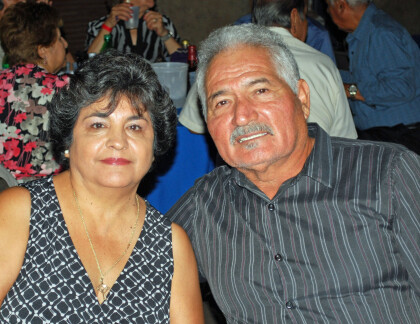
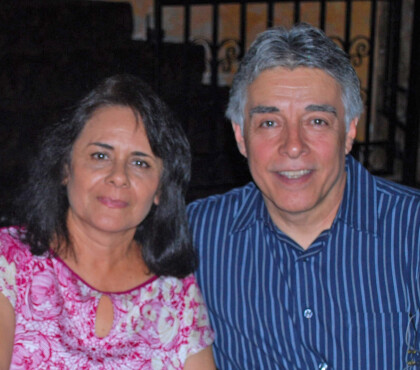
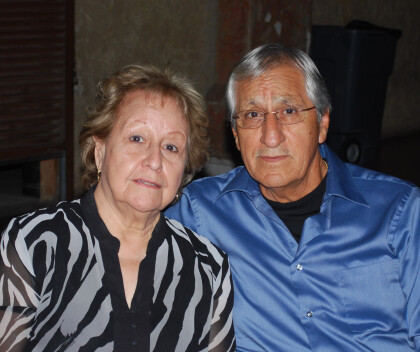
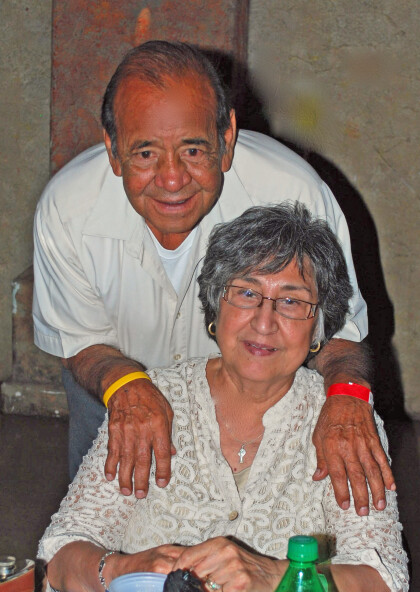
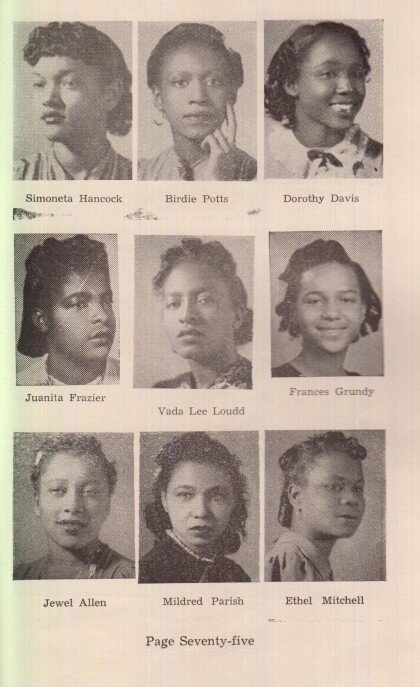
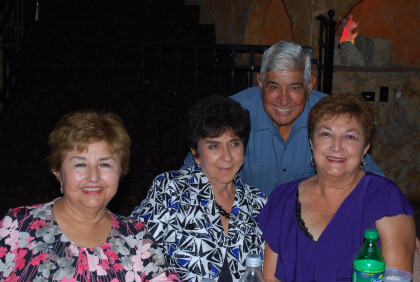
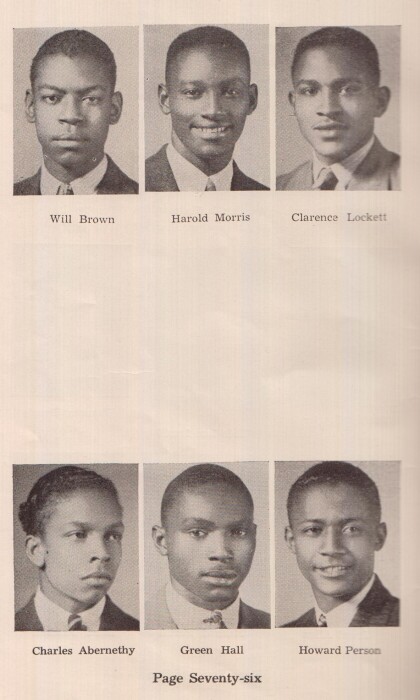
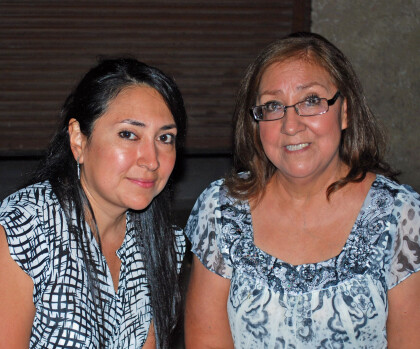

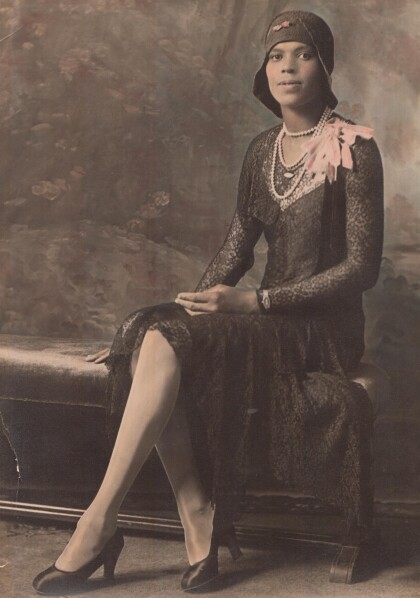

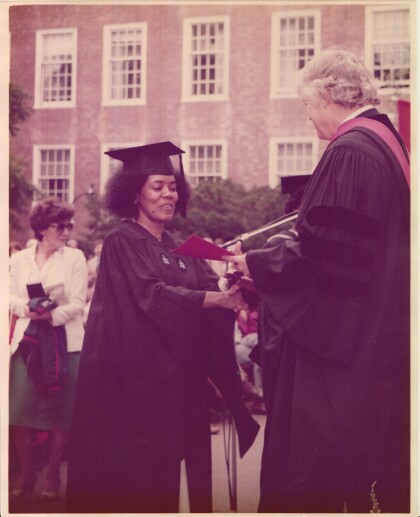
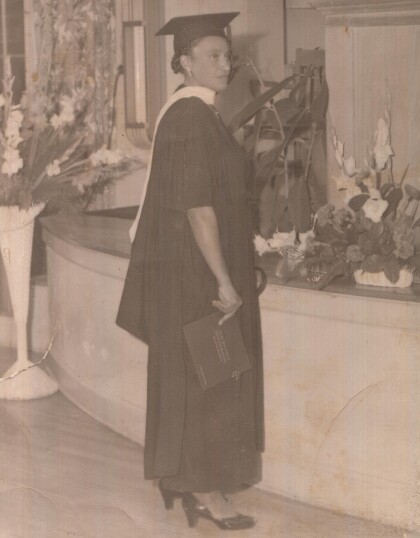
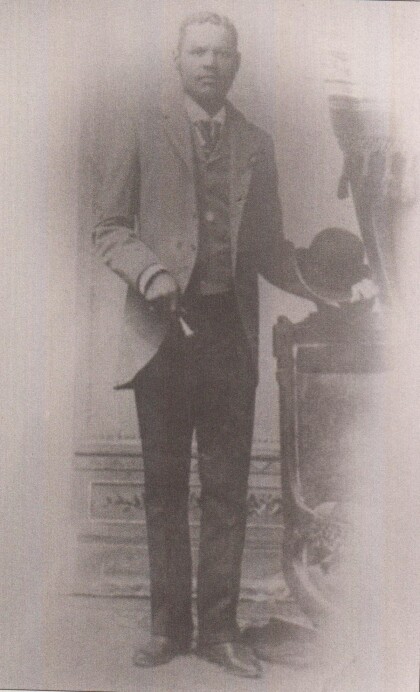
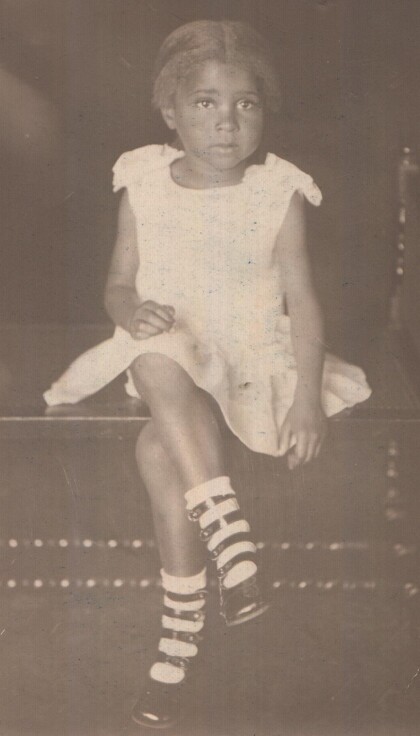
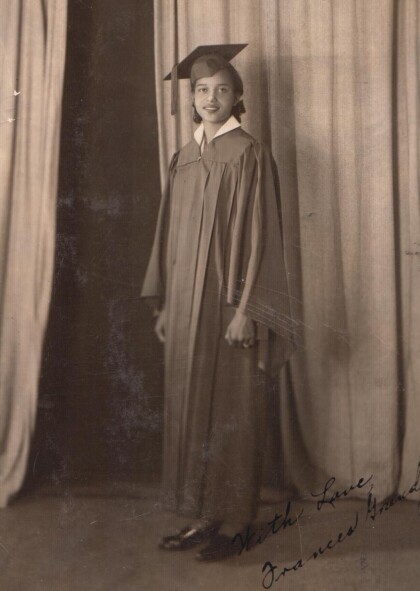
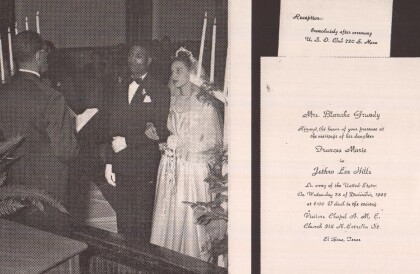
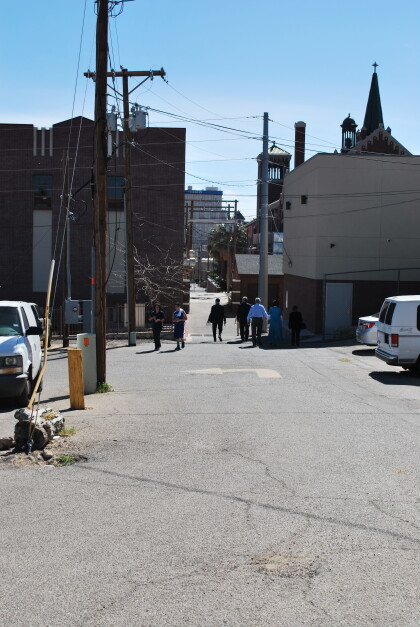
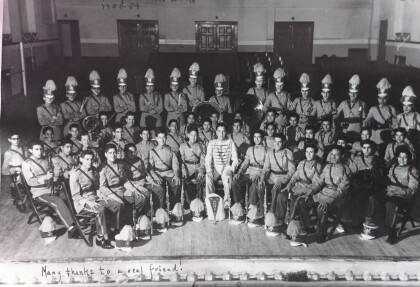

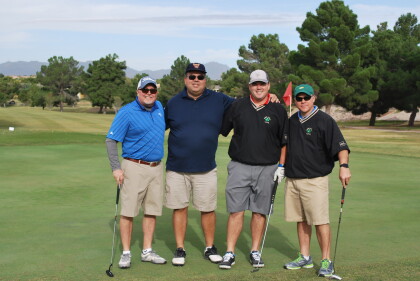
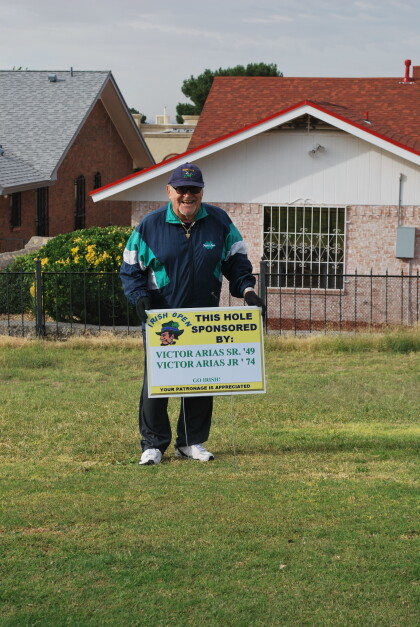
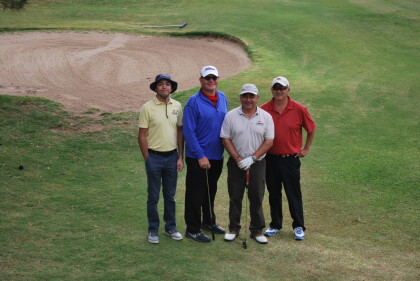
Comments
Add a comment